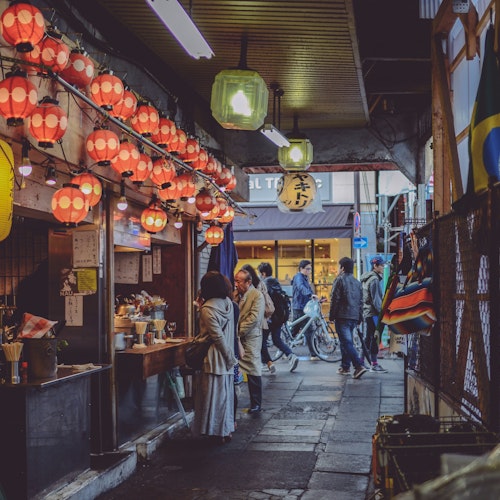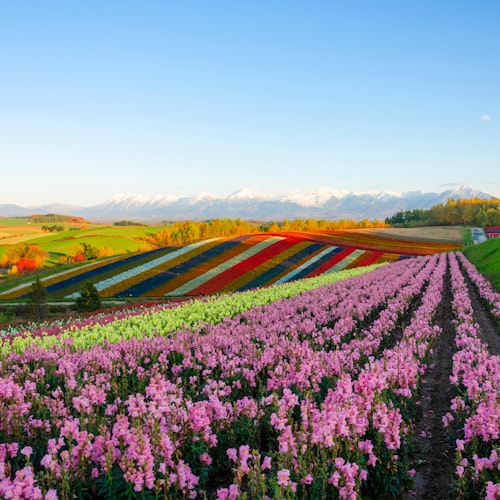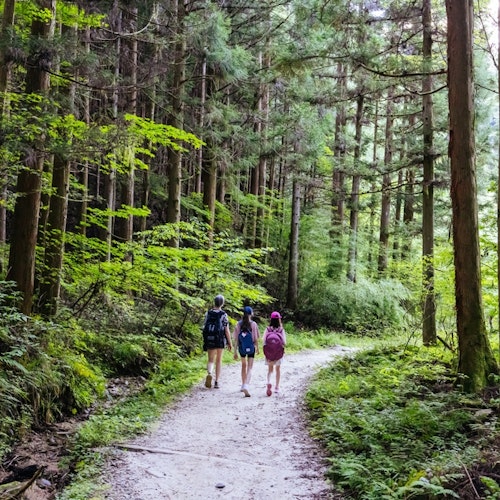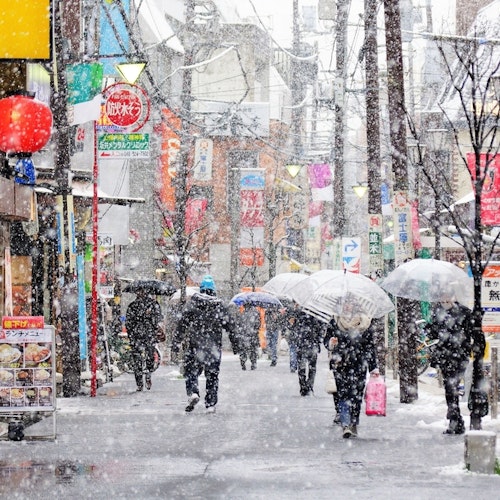
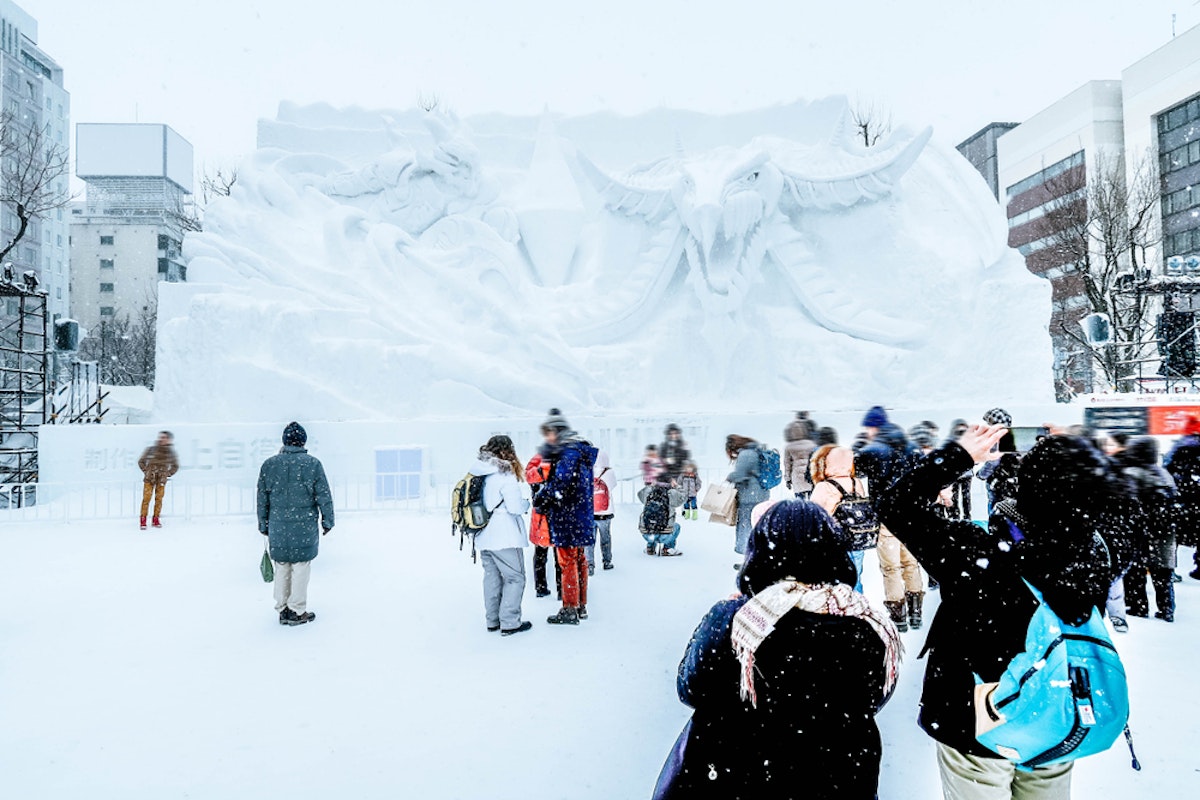
Japan's northernmost island transforms into a pristine winter paradise from December through March, offering travelers an unforgettable blend of snow-covered landscapes, world-class powder skiing, steaming hot springs, and incredible cuisine. Whether you're seeking adventure on the slopes or peaceful moments in natural hot springs, Hokkaido delivers an authentic Japanese winter experience unlike anywhere else.
Hokkaido's winter appeal extends far beyond its famous powder snow. The island receives some of the world's best snow conditions, thanks to cold Siberian winds that create light, dry powder perfect for skiing and snowboarding. Winter temperatures typically range from 5°C to -15°C (23°F to 5°F), creating ideal conditions for winter sports while maintaining comfortable sightseeing weather with proper clothing.
The winter season also brings unique cultural experiences, from traditional festivals featuring elaborate ice sculptures to cozy izakaya sessions where locals gather to enjoy seasonal delicacies. Unlike Japan's crowded main islands, Hokkaido offers spacious winter landscapes and a more relaxed pace that allows visitors to truly immerse themselves in the season.
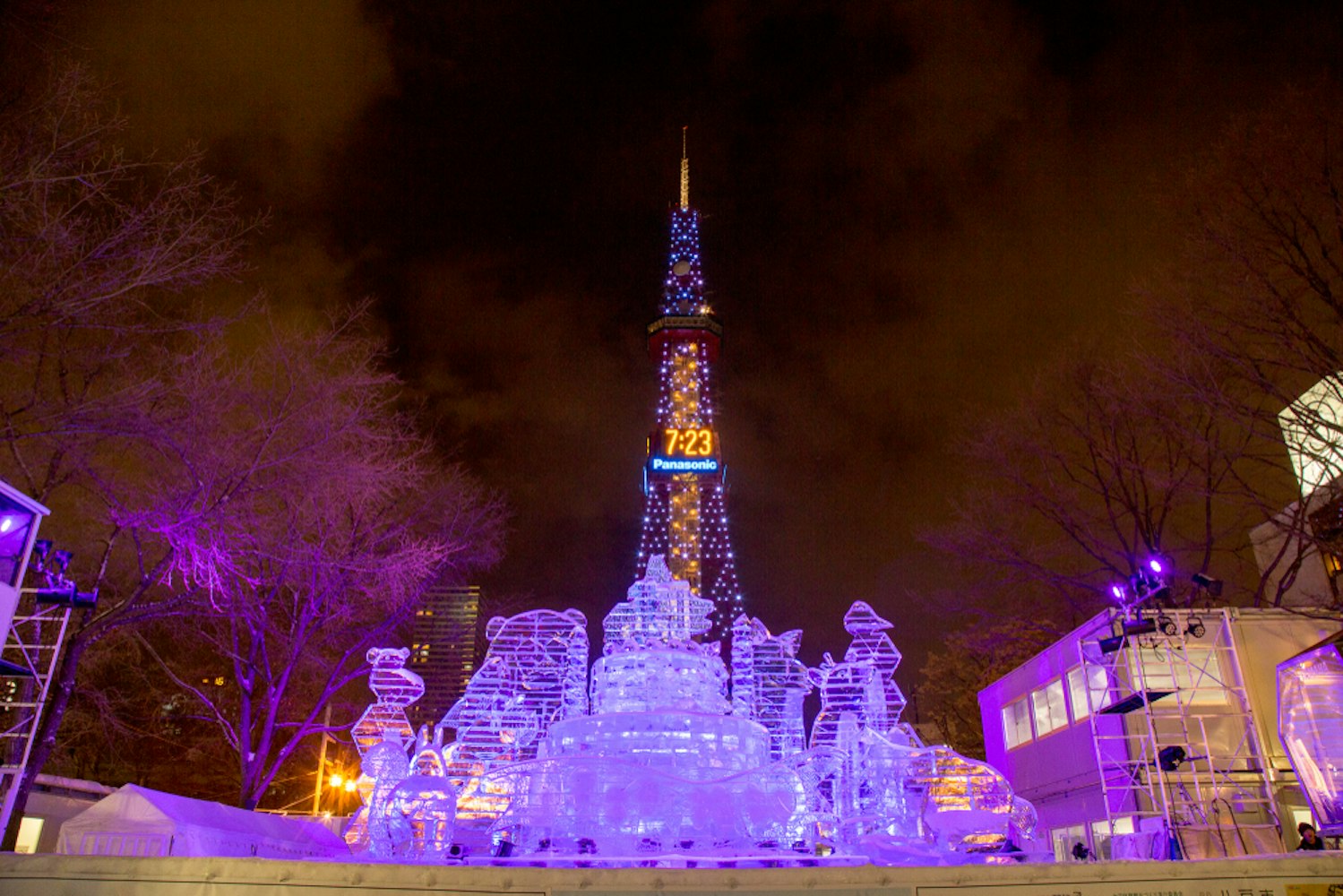
The Sapporo Snow Festival, held annually in early February, transforms the city into an outdoor art gallery featuring massive snow and ice sculptures. The main Odori Park site displays intricate sculptures created by international teams, while the Susukino district showcases stunning ice carvings illuminated against the night sky.
Plan to visit during the festival's week-long run, typically from February 4-11, and book accommodations well in advance as this is Hokkaido's busiest winter period.
Niseko Ski Resort stands as Asia's premier powder skiing destination, receiving over 15 meters of snowfall annually. The resort offers four interconnected ski areas with terrain suitable for all skill levels, from gentle beginner slopes to challenging off-piste adventures. English-speaking instructors and international cuisine make Niseko particularly welcoming for foreign visitors.
Rusutsu Resort provides another excellent skiing option with varied terrain across three mountains. The resort features Japan's longest ski run at 3.5 kilometers and offers excellent night skiing opportunities. Both resorts provide equipment rental, ski schools, and slope-side dining options.
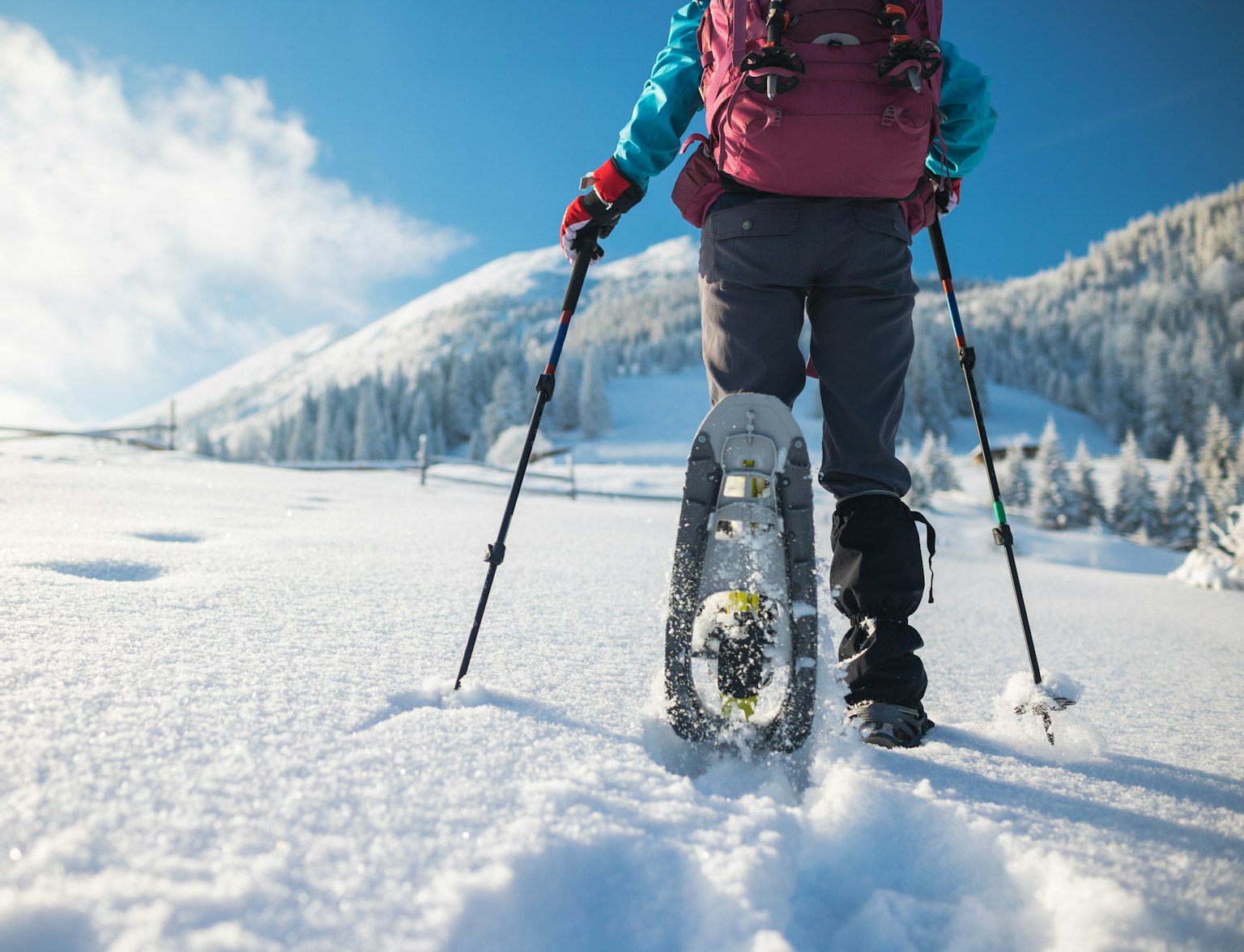
Discover the magic of winter in a 6-hour snowshoe expedition to spectacular ice caves.
Soaking in outdoor hot springs (onsen) while snow falls around you represents one of winter's most magical experiences in Hokkaido. Jozankei Onsen, located just 30 minutes from Sapporo, offers multiple ryokan (traditional inns) with both indoor and outdoor baths surrounded by snow-laden forests.
Noboribetsu Onsen features nine different types of hot springs, each with unique mineral compositions and healing properties. The dramatic Hell Valley (Jigokudani) creates an otherworldly landscape of steaming pools and sulfurous vents that's particularly striking against winter snow.
Lake Shikotsu offers guided ice walking tours where visitors can walk on the frozen lake surface while wearing special crampons. Professional guides ensure safety while explaining the lake's unique ecosystem and winter formation processes.
The frozen Shirahige Falls creates spectacular blue ice formations that photographers and nature lovers find irresistible. Located in Biei, these falls are best visited in late January through February when ice formation reaches its peak.

Hokkaido's winter seafood reaches peak quality during the cold months. Hairy crab (kegani) season runs from December through May, offering sweet, delicate meat best enjoyed simply steamed or in hot pot preparations. Sea urchin (uni) from Hokkaido waters is considered among the world's finest, with a creamy texture and rich ocean flavor.
Hokkaido scallops grow large and sweet in the island's cold waters, often served grilled with butter and soy sauce or raw as sashimi. Visit Otaru's Sankaku Market or Sapporo's Nijo Market for the freshest selections and reasonable prices.
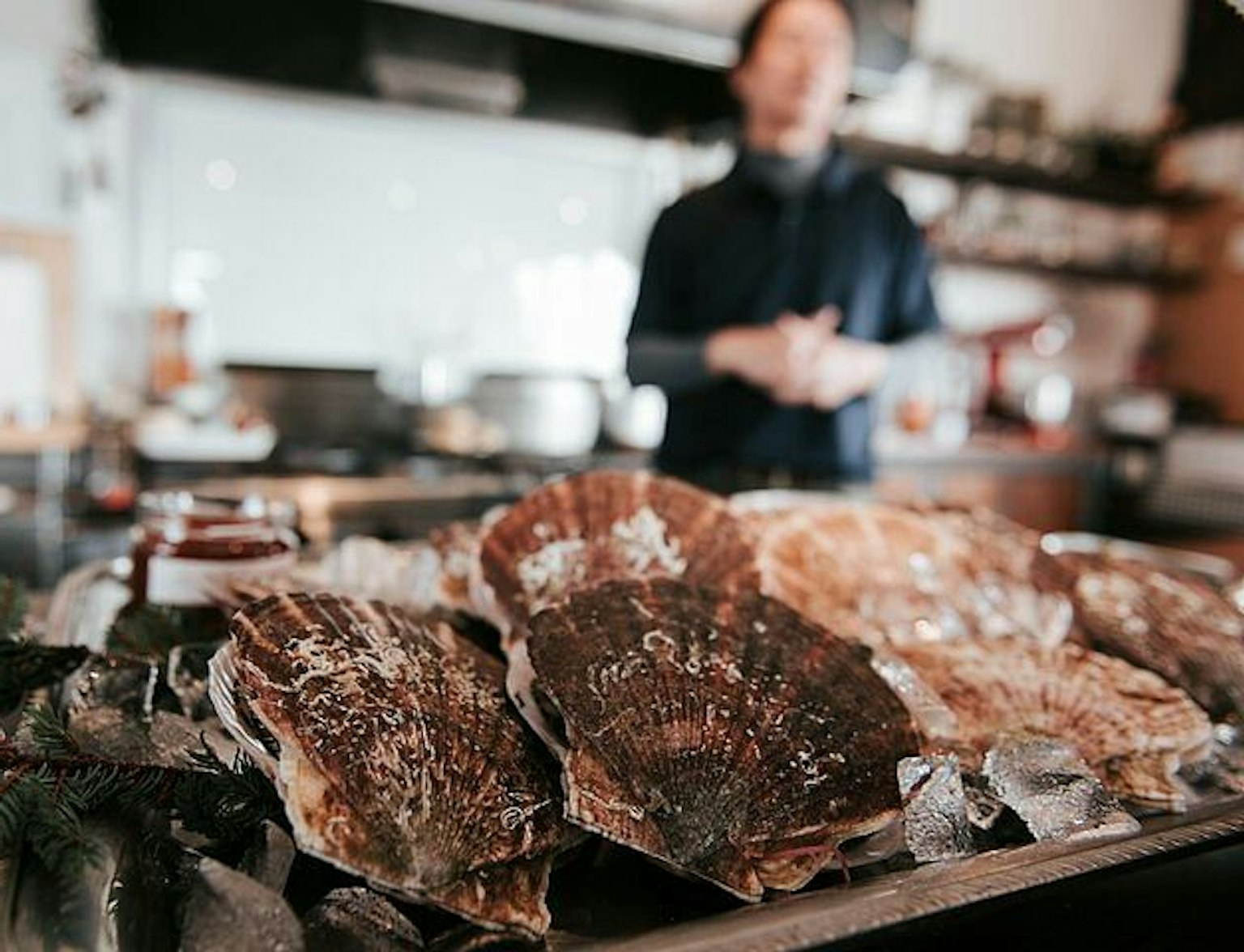
Discover the culinary secrets of Hokkaido at the HOKKAIDian Homestead.
Soup curry, a Sapporo specialty, provides perfect winter comfort food with its aromatic spice blends and hearty vegetables. This local creation differs from traditional Japanese curry with its soup-like consistency and customizable spice levels.
Jingisukan (grilled lamb) represents Hokkaido's most famous meat dish, typically cooked on dome-shaped grills and served with fresh vegetables. The dish originated from the island's sheep farming history and remains a social dining experience perfect for cold winter evenings.
Ramen varieties in Hokkaido focus on rich, warming broths ideal for winter weather. Sapporo's miso ramen features hearty miso-based broth often topped with corn and butter, while Hakodate's shio (salt) ramen offers a lighter but equally satisfying option.
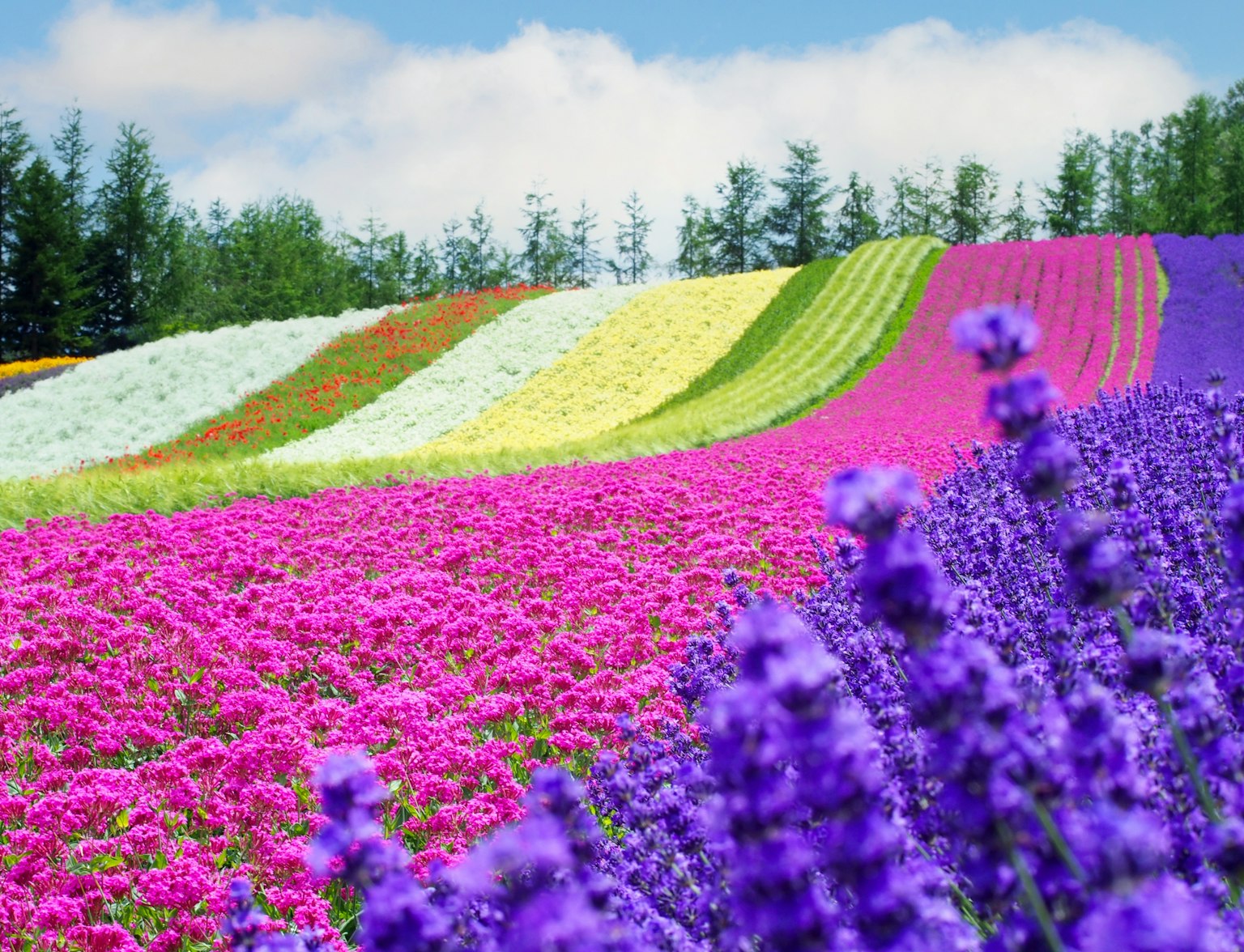
Embark on a captivating journey through Hokkaido's enchanting Furano and Biei!
The Blue Pond in Biei creates stunning winter photography opportunities when its artificial blue color contrasts dramatically with surrounding snow and bare birch trees. Winter illumination events from November through February add magical lighting that transforms the scene into something from a fairy tale.
The nearby Patchwork Road showcases Hokkaido's agricultural landscape under snow cover, creating geometric patterns across rolling hills that photographers find endlessly compelling.
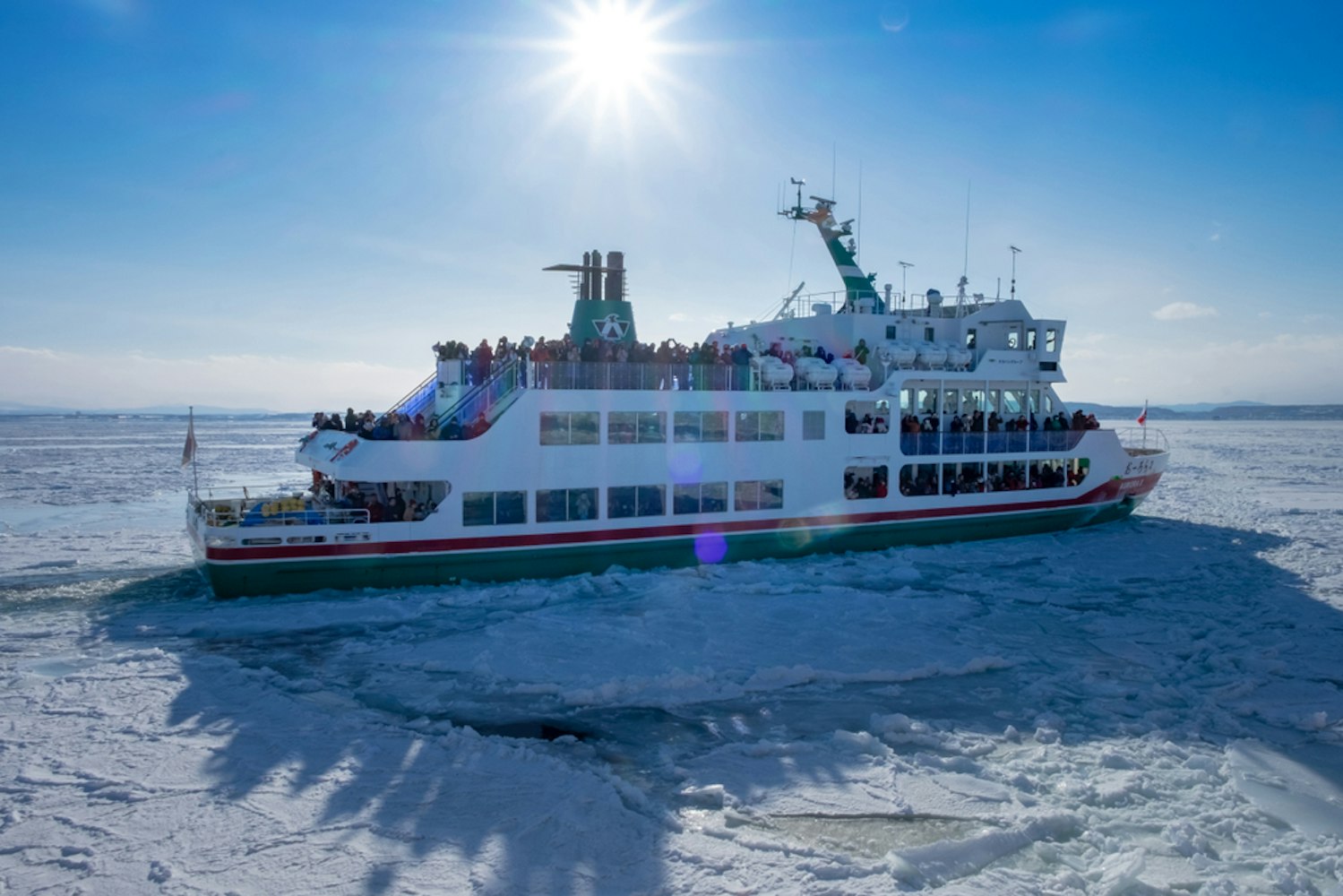
From late January through March, drift ice from Russia's Sea of Okhotsk reaches Hokkaido's northeastern shores, creating unique viewing opportunities. Abashiri offers icebreaker ship tours that allow visitors to walk on the frozen sea and observe seals and sea eagles in their natural winter habitat.
Cape Soya, Japan's northernmost point, provides dramatic coastal winter scenery with views toward Russian territory on clear days. The area's lighthouse and monuments create compelling foreground elements for winter landscape photography.
While Hokkaido doesn't have the famous snow monkeys of central Japan, the island offers excellent winter wildlife viewing opportunities. Red-crowned cranes gather in Kushiro area during winter, creating spectacular photography opportunities as these elegant birds dance and call in snowy fields.
Steller's sea eagles and white-tailed eagles can be observed along the drift ice, particularly around Rausu where boat tours offer close viewing opportunities of these massive raptors.
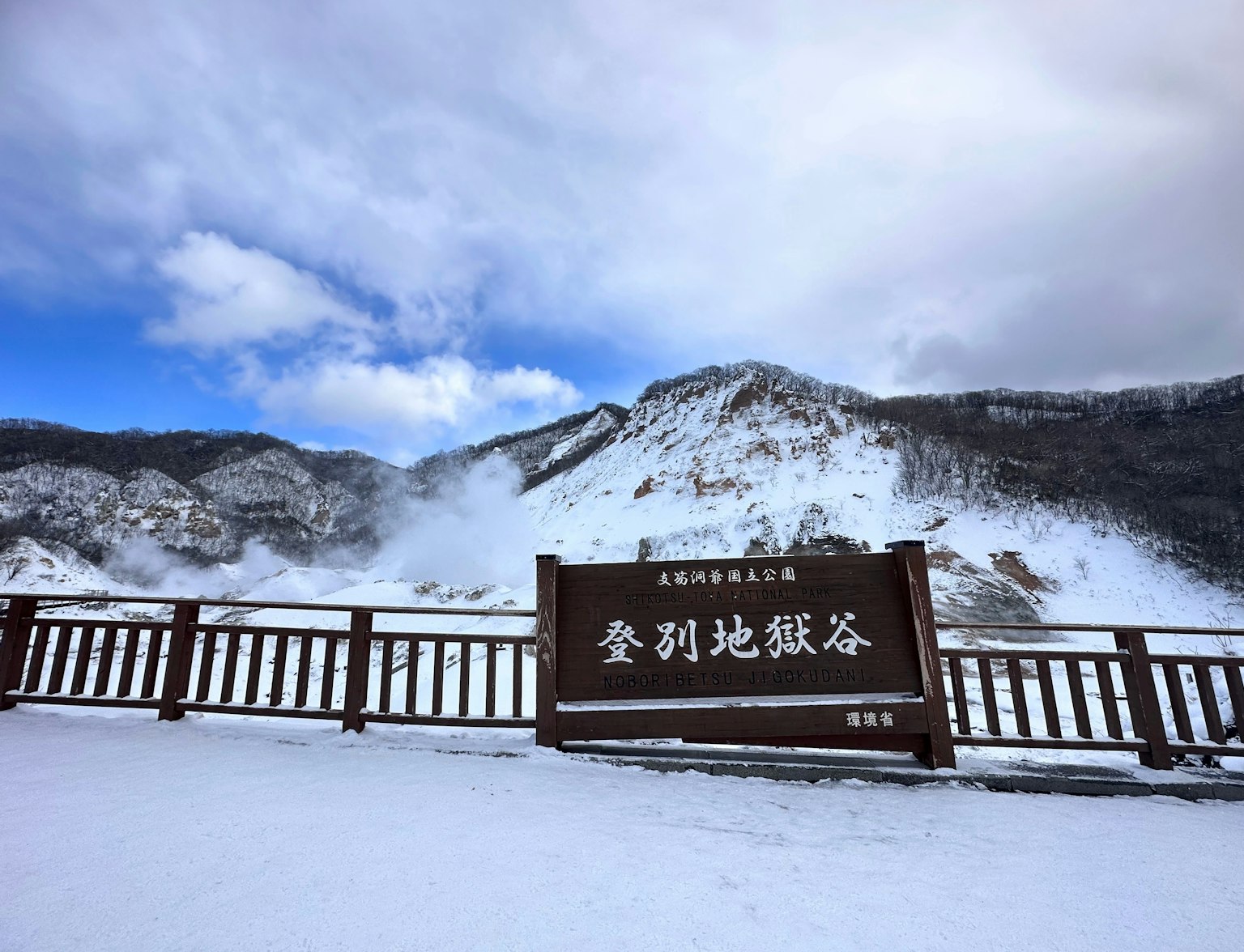
Join us on our winter snowshoe adventure to the best viewpoint!
A well-planned Hokkaido winter trip typically requires 7-10 days to experience the island's diverse winter offerings adequately. Begin in Sapporo for urban winter experiences, then venture to Niseko or Rusutsu for skiing, followed by hot spring areas for relaxation. Include at least one coastal area for unique winter coastal experiences and wildlife viewing.
Budget approximately ¥15,000-25,000 per day including accommodation, meals, and activities, with higher costs during peak festival periods. Transportation between major destinations typically costs ¥2,000-5,000 depending on distance and method chosen.
Winter in Hokkaido offers an unparalleled combination of natural beauty, cultural experiences, and culinary adventures that create lasting memories. From the powder snow of world-class ski resorts to the warming comfort of natural hot springs, every aspect of Hokkaido's winter delivers authentic Japanese experiences in one of the world's most beautiful winter destinations.
